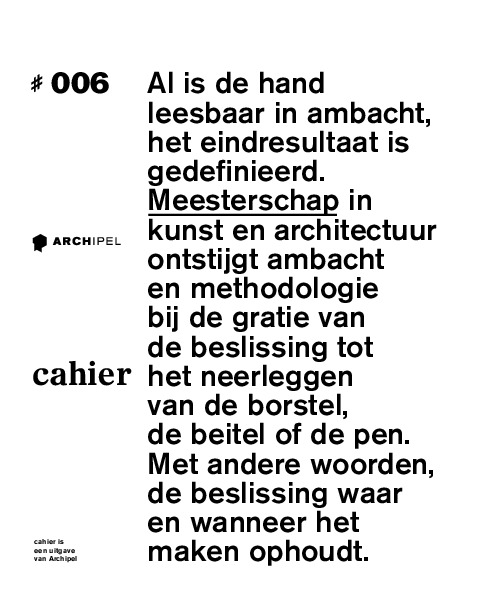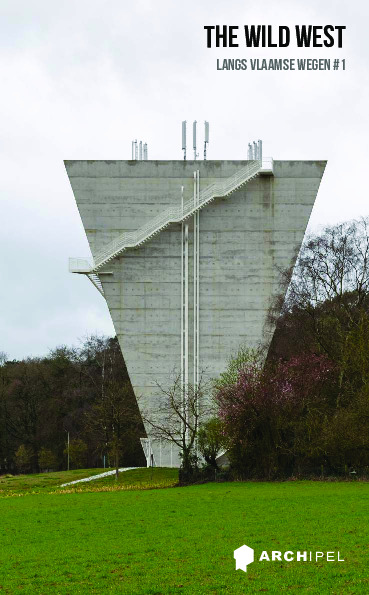Hans van der Laan

Dom Hans van der Laan (°Leiden, 29 December 1904 – †Mamelis, 19 August 1991) was a Dutch Benedictine monk and architect.
He was a leading figure in the Bossche School. His theories on numerical ratios in architecture, in particular regarding the plastic number, were very influential; He may be regarded as intellectually related to the second generation of “De Groep”;
Van der Laan was the ninth of the eleven recorded children of Leiden architect Leo van der Laan (1864–1942) by his marriage to Anna Stadhouder (1871–1941). His brothers Jan van der Laan and Nico van der Laan also became architects. HIs teenage years were marred by a diagnosis of tuberculosis4 when he was seventeen.
Hans studied architecture from 1923 to 1926 at the Technische Hogeschool of Delft, where M.J. Granpré Molière was the dominant figure. Granpré Molière regarded his Catholic faith as inseparably bound up with architecture, a concept with which Van der Laan could not agree. He did not complete his course and in 1927 moved to St. Paul’s Abbey, Oosterhout, to become a Benedictine monk. He was ordained into the priesthood in 1934. Later he lived in St. Benedictusberg Abbey at Mamelis near Vaals. As sacristan he developed a strong interest in the design of liturgical objects and church furnishings. His interest in architecture was also reawakened. He tried to find an answer to the question of which criteria the aesthetics of a building must meet, and developed a theory of numerical relationships in which the “plastic number”, a three-dimensional expression of the golden ratio, played a central part.
After World War II Van der Laan, with his brother Nico, led a course in Church Architecture in the Kruithuis in ‘s-Hertogenbosch, using the early Christian basilica as an example, for training architects for the post-war reconstruction of Catholic churches and monasteries, and also of secular buildings. From these courses arose the Bossche School, a name given by opponents of the Van der Laan brothers and their followers. To illustrate his ideas about relationships he made use of two teaching aids developed by himself: the architectural abacus and the morphotheque, for two- and three-dimensional forms respectively.






